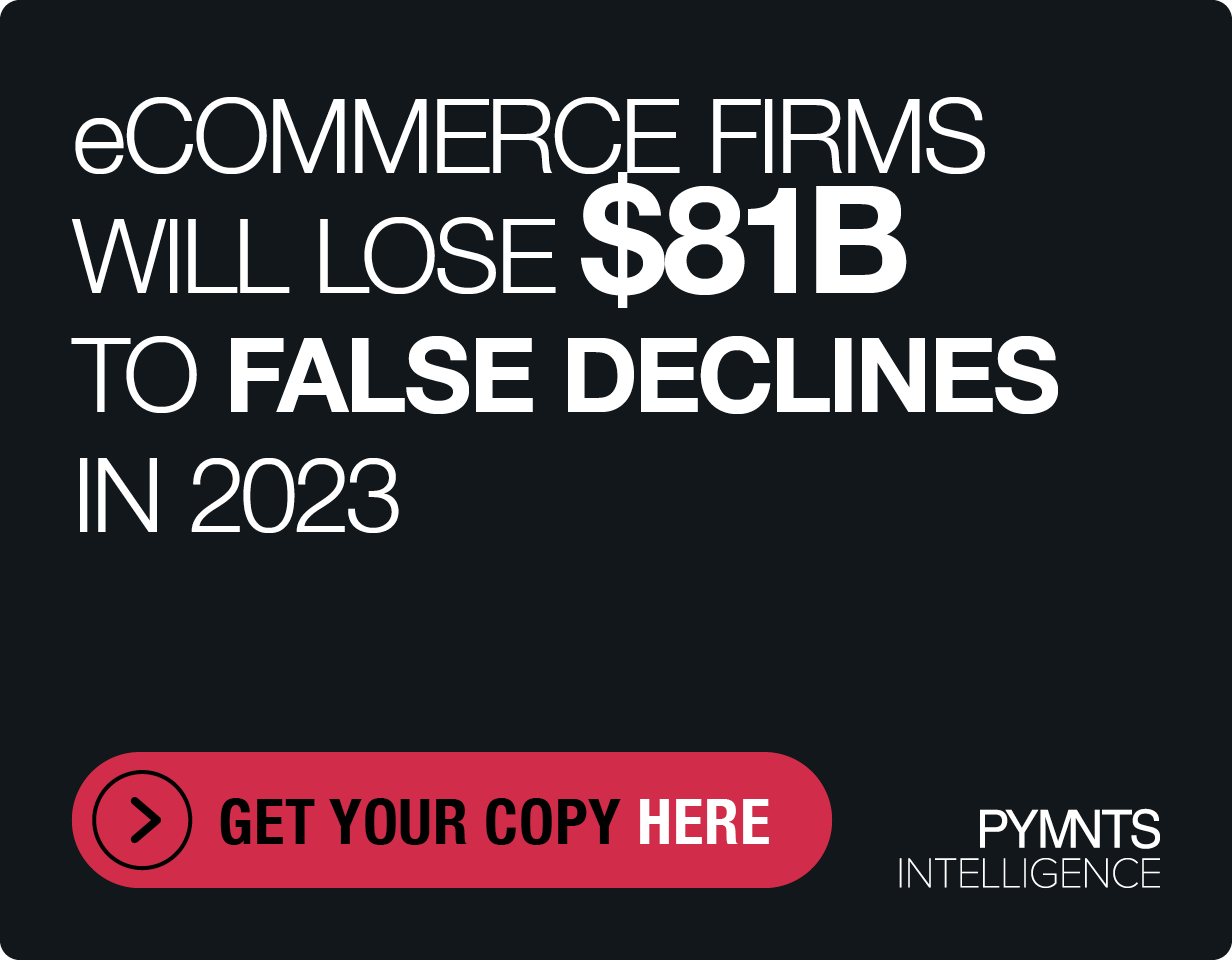Who’s Using Beacon Technology and Why?
From customer service to customer acquisition, merchants are using Beacons powered to enhance the relationships with their customers. Here’s a look at some of the early adopters and what they hope to achieve using this new technology.
By Jeffrey Green (@epaymentsguy)
“Beacon” technology, which enables merchants to identify when customers are in stores and offer customized deals and messaging using Bluetooth Low-Energy (BLE) technology, has only been commercially available for a few months. We’re now seeing some early examples of its use, as well as cautionary signs on its limitations.
Apple and PayPal launched their respective iBeacon and PayPal Beacon technology offerings last September, prompting MPD CEO Karen Webster to declare the payments landscape “a whole lot more interesting.”
Just recently, British retailer Tesco began testing Apple’s iBeacon technology at one of its stores in an experiment with a store-specific MyStore app. The retailer has concerns about going too far with the technology for fear of scaring customers with acknowledgment that Tesco has lot of information about them, including when to note a sale in a mobile message when the customer is walking by the product in an aisle. Instead, it will limit use of beacon technology to sending messages to customers entering the store who had preordered goods.
Such concerns are growing throughout the industry, which is trying to come up with a means to use beacon technology and promote it positively to get the most out of it. But that may, or may not, ever occur. Indeed, in a recent PYMNTS.com podcast interview, Troy Land, Try Land, FIS vice president of emerging commerce, cited some of the downsides to the technology.
“It has the potential to be very cool, very innovative. But in the same regard, if it’s not executed properly, it could be interpreted as a violation of privacy,” Land said. “So it’s really going to be a matter of how merchants, or organizations of any type for that matter, look to deploy it.”
As with all new innovations, there’s always going to be early players who want to give it a test run, including some outside the U.S. And that’s true for beacon technology.
Food and spice brand Zatarain’s, a McCormick and Co. business, reportedly is the first consumer-package goods (CPG) brand to use beacons to engage customers directly while inside the store. Through its in-app campaign, customers receive grocery list reminders and loyalty points on their mobile phones. The initiative is launching first in southern California retail locations, with plans to roll out nationally later, according to Mobile Marketer.
“Our ‘Mobile to Mortar’ platform creates a ‘mobile concierge’ for shoppers improving their in-store experience with America’s favorite shopping apps,” Todd Dipaola, CEO and co-founder of inMarket in Venice, Calif., said in a Mobile Marketer interview. “When consumers walk into a store, they get a helpful reminder from their favorite app in the context of the store, coupled with special content from Zatarain’s.”
In a more expansive move, Mobiquity Technologies Inc. in March released its partner software development kit (SDK) designed to allow retailers and brands to leverage its Mobiquity Networks subsidiary’s BLE Beacon
network. Mobiquity Networks owns and operates the nation’s
largest location-based, mobile advertising Bluetooth network in shopping
malls, which supports BLE Beacon technology.
Though the announcement did not include names of any merchants ready to embrace the technology, it noted that use of the SDK in a mobile app will allow proximity-based engagement with the company’s entire network, which includes 100 premier U.S. shopping malls. The network covers nearly 3,000 retailers with more than 15,000 storefronts, and it represents approximately 120 million monthly shopper visits and roughly $12 billion in monthly sales.
Also last month, bank-led and Luxembourg-based mobile-payment scheme Digicash launched a pilot in which it is testing beacon technology that combines BLE, Near Field Communication and QR code technologies. Users who want to pay by Digicash do not need to link a credit card or to top-up a wallet. Payments made using Digicash are performed directly from the customer’s existing bank account using SEPA credit transfers, the company said in its beacon announcement.
The new system is being tested under field conditions at CORA supermarkets, Apple Premium reseller Lineheart and some convenience stores, and a large-scale roll-out is planned for the second half this year, Digicash said.
Meanwhile, New Zealand’s Westpac is working to integrate Apple’s iBeacon BLE technology into its digital offerings. When a customer walks into a participating branch, the beacons will sync with the person’s mobile device and transmit special offers.
And The National Football League leveraged beacon technology to transmit information via its mobile app during the Super Bowl and to reach out to potential shoppers. Beacons were placed throughout the area where Super Bowl celebrations were being held, and users of the NFL’s mobile app received information about seating, special vendor offers and directions to certain locations. Major League Baseball and other sports leagues reportedly also are looking into the use of beacons for marketing and logistical purposes.
